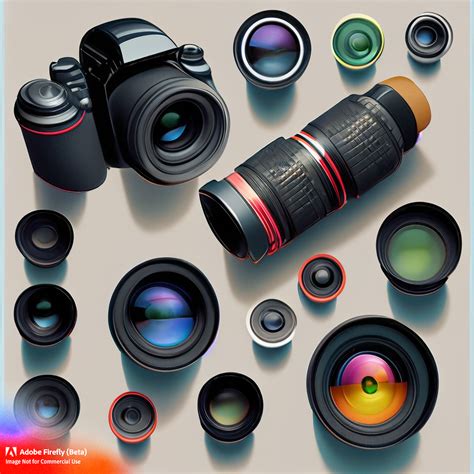Introduction

The choice between closure and frontal camera lenses is a critical consideration in the realm of photography and videography. Each type offers unique advantages and drawbacks, influencing the overall quality and impact of your captured images. Understanding the nuances of these lenses empowers photographers and filmmakers to make informed decisions that best align with their artistic vision.
Closure Lenses
Definition
Closure lenses, also known as macro lenses, possess a specialized optical design optimized for capturing close-up images. They excel in revealing intricate details, textures, and patterns that are often indiscernible with standard lenses.
Advantages
- Exceptional Detail Capture: Closure lenses enable photographers to focus on subjects very close to the lens, resulting in highly detailed and magnified images.
- Shallow Depth of Field: The shallow depth of field produced by closure lenses isolates the subject, drawing attention to the focal point and blurring the background.
- Versatility: While primarily used for close-up shots, closure lenses can also achieve stunning results in other genres, such as portraiture and street photography.
Applications
- Nature and wildlife photography
- Medical and forensic imaging
- Product and fashion photography
- Art and museum reproductions
Frontal Lenses
Definition
Frontal lenses, also known as wide-angle lenses, encompass an expansive field of view, capturing a wider scene. They are particularly well-suited for capturing landscapes, architecture, and group shots.
Advantages
- Broad Field of View: Frontal lenses allow photographers to capture more of the scene, providing a sense of vastness and immersion.
- Perspective Distortion: The wider field of view can introduce perspective distortion, creating a dynamic and engaging visual effect.
- Enhanced Depth of Field: Frontal lenses typically produce a deep depth of field, keeping more of the scene in focus.
Applications
- Landscape and cityscape photography
- Architectural and interior photography
- Group and event photography
- Photojournalism and documentary work
Comparison of Closure vs Frontal Lenses
| ** | Feature | Closure Lenses | Frontal Lenses | ** |
|---|---|---|---|---|
| Field of View | Narrow | Wide | ||
| Depth of Field | Shallow | Deep | ||
| Detail Capture | Exceptional | Moderate | ||
| Object Distance | Close | Far | ||
| Perspective Distortion | Minimal | Pronounced | ||
| Applications | Close-ups, macro photography | Landscapes, architecture, group shots |
Strategies for Choosing the Right Lens
- Consider the Subject and Purpose: Define the main subject of your image and its intended use. Closure lenses are ideal for highlighting specific details, while frontal lenses capture wider scenes.
- Experiment with Both Lenses: Try out both types of lenses to experience their unique properties and determine which best suits your style and vision.
- Explore the Focal Length Range: Different focal lengths within each lens type offer varying field of views and depth of field effects. Choose the focal length that optimizes the image’s impact.
Common Mistakes to Avoid
- Using a Closure Lens Too Far: Closure lenses are designed for close-up shots and may produce blurry or distorted images if used from a distance.
- Overusing Perspective Distortion: While perspective distortion can be a creative tool, excessive distortion can lead to disorienting or unnatural images.
- Underexposing in Shallow Depth of Field: The shallow depth of field created by closure lenses can make it difficult to expose all parts of the scene evenly, resulting in underexposed areas.
Step-by-Step Approach to Choosing a Lens
- Identify Your Creative Vision: Determine the desired look and feel of your images.
- Research Different Lenses: Explore the technical specifications and applications of various closure and frontal lenses.
- Consider Budget and Timeline: Set a realistic budget and timeline for acquiring the desired lens.
- Experiment with Sample Images: Find sample images captured using the lenses you’re considering to visualize their potential.
- Make an Informed Decision: Weigh the advantages and disadvantages of each lens type and select the one that best aligns with your needs.
Conclusion
Closure and frontal camera lenses offer distinct characteristics that empower photographers and filmmakers to create visually captivating images. By understanding the differences between these lens types, their applications, and effective strategies for choosing the right lens, you can harness the power of photography to express your artistic vision and capture moments with exceptional clarity and impact.
